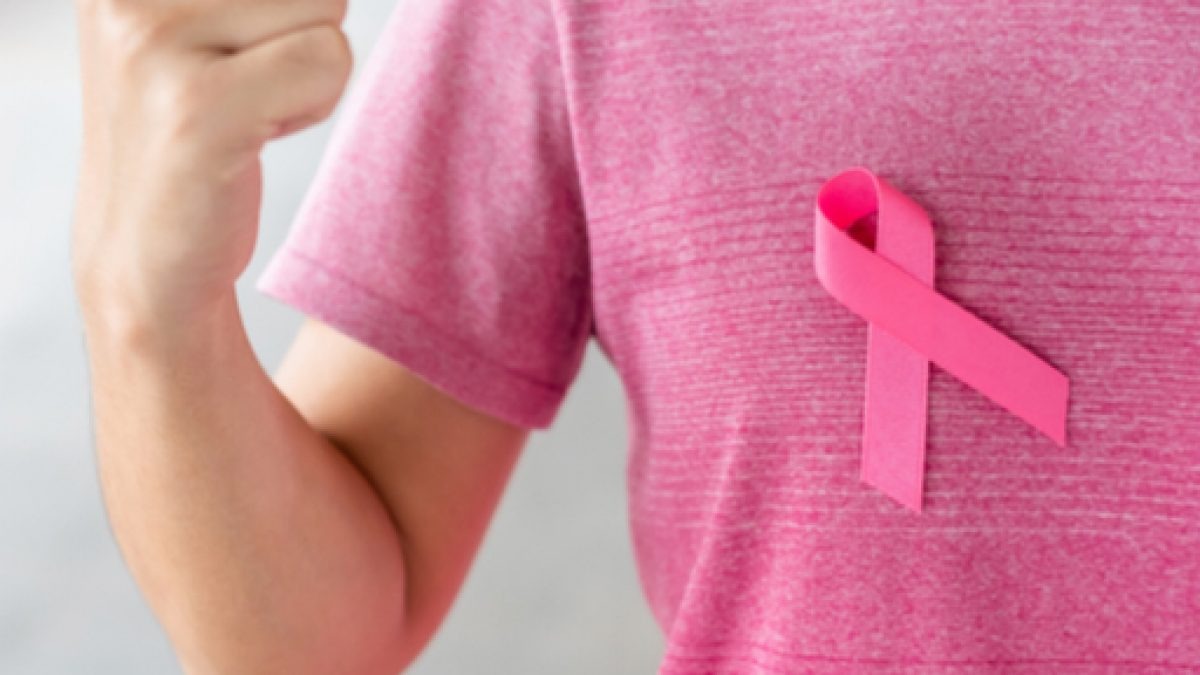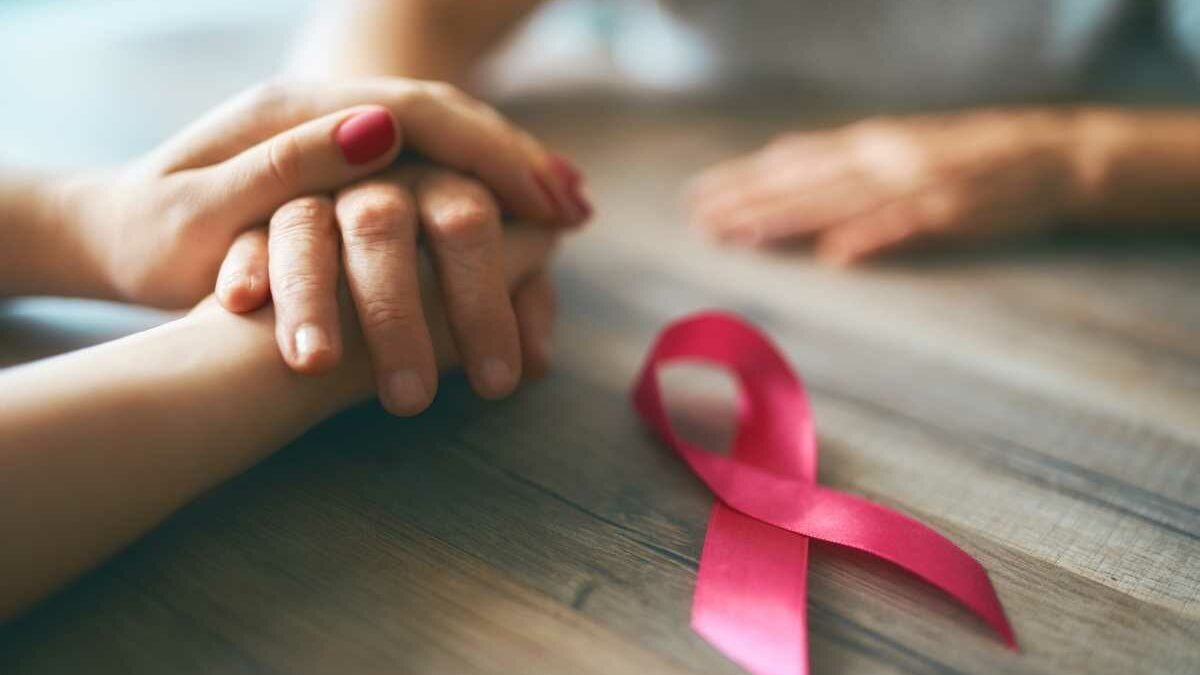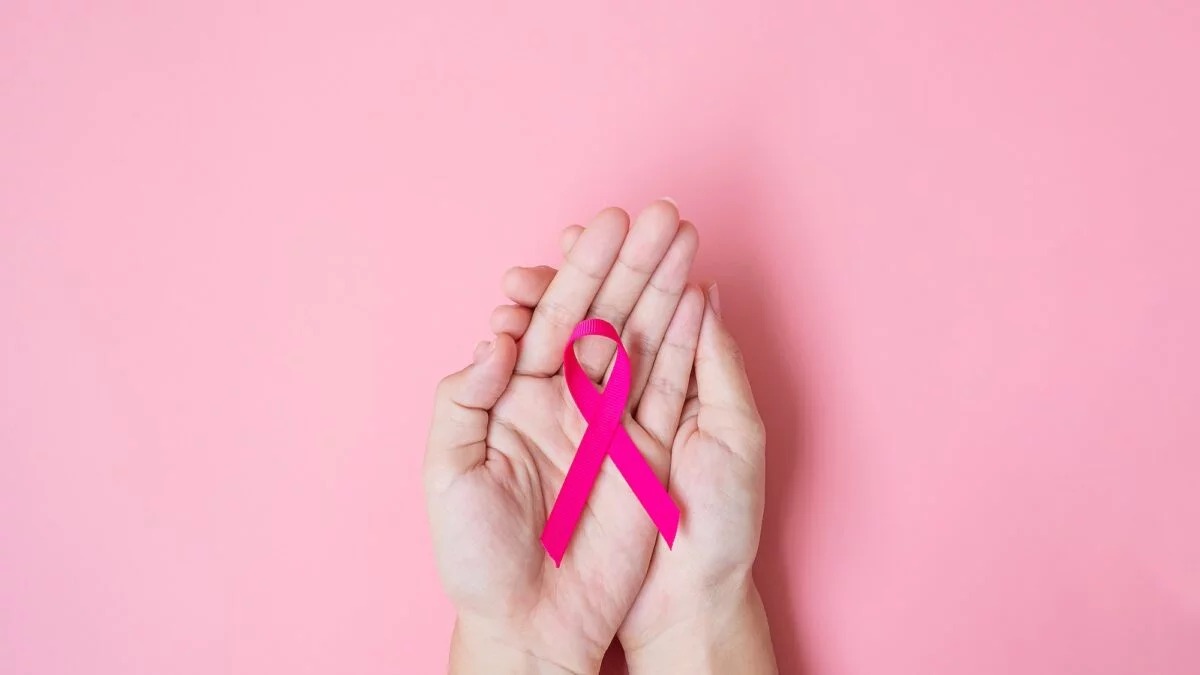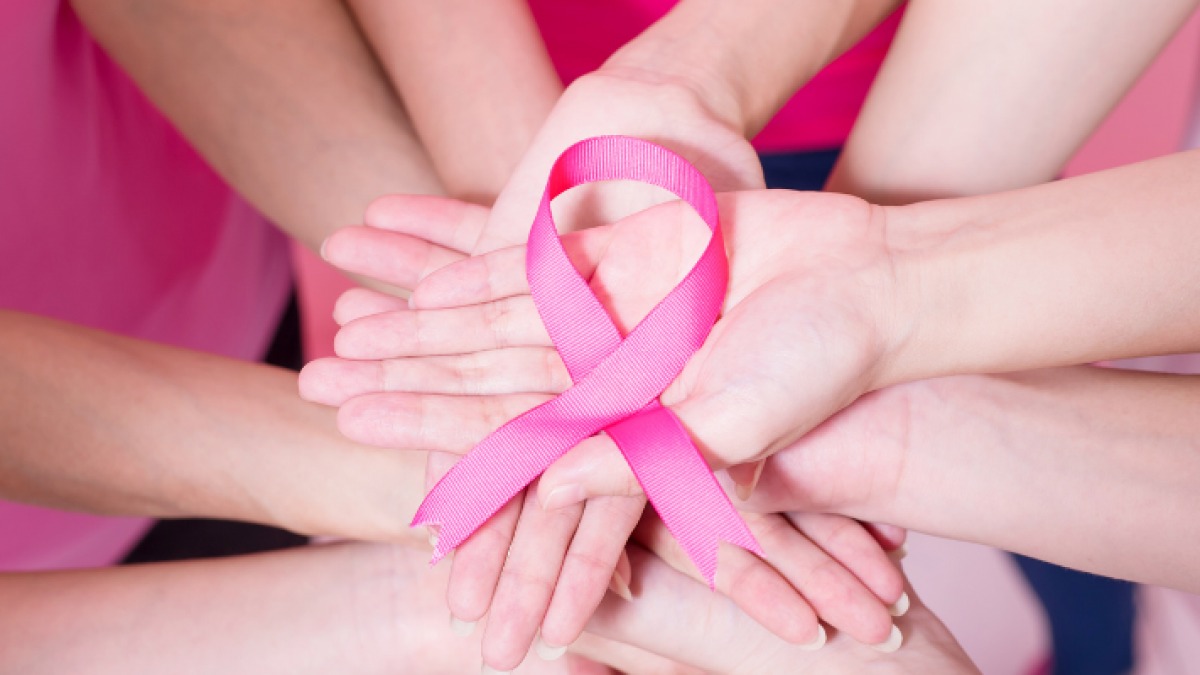Breast cancer is a serious medical condition that affects thousands of people, primarily women, around the world. In this comprehensive guide, we will provide you with a detailed overview of breast cancer, including its causes, symptoms, diagnosis, treatment options, and prevention strategies.
1: What is Breast Cancer?

2: Causes of Breast Cancer
While the exact causes of breast cancer are not fully understood, several risk factors have been identified:
1. Gender: Women are at a much higher risk of developing breast cancer than men.
2. Age: The risk of breast cancer increases with age, with most cases occurring in women over 50.
3. Family History: A family history of breast cancer, especially in close relatives like mothers, sisters, or daughters, can increase the risk.
4. Genetic Mutations: Inherited mutations in certain genes, such as BRCA1 and BRCA2, can significantly increase the risk of breast cancer.
5. Hormone Levels: Exposure to hormones like estrogen and progesterone over long periods, such as through hormone replacement therapy or early menstruation, can raise the risk.
6. Radiation Exposure: Previous radiation therapy to the chest area, especially during childhood or adolescence, may increase the risk.
7. Lifestyle Factors: Factors such as obesity, excessive alcohol consumption, and a sedentary lifestyle can also contribute to an elevated risk of breast cancer.
3: Symptoms of Breast Cancer

1. A lump in the breast or underarm: This is often the first noticeable symptom.
2. Change in breast size or shape: One breast may become larger or change shape.
3. Pain in the breast or nipple: While breast cancer is not typically painful in the early stages, some people may experience discomfort.
4. Nipple discharge: This may include blood or a clear, yellow, or green fluid.
5. Skin changes: Such as redness, dimpling, or thickening of the breast skin.
6. Changes in the nipple: Inversion or retraction of the nipple.
7. Swelling in the breast or underarm: This can be due to a blockage of lymph nodes.
It’s important to note that these symptoms can also be caused by conditions other than breast cancer, but if you experience any of these signs, it is essential to seek medical evaluation promptly.
4: Diagnosis

1. Mammography: A mammogram is an X-ray of the breast tissue and is a standard screening tool for breast cancer.
2. Clinical Breast Exam: A healthcare provider checks the breasts for lumps or other abnormalities during a physical exam.
3. Biopsy: A tissue sample is taken from the suspicious area and examined under a microscope to confirm the presence of cancer and determine its type.
4. Imaging Tests: These may include ultrasound, MRI, or CT scans to assess the size and extent of the tumor.
5. Genetic Testing: Individuals with a strong family history of breast cancer may undergo genetic testing to check for mutations in specific genes.
5: Stages and Types of Breast Cancer

1. Stage 0: Non-invasive cancer, such as ductal carcinoma in situ (DCIS), where abnormal cells are confined to the milk ducts.
2. Stage I: A small tumor confined to the breast.
3. Stage II: A larger tumor with some lymph node involvement or a smaller tumor with extensive lymph node involvement.
4. Stage III: A larger tumor that has spread to nearby tissues and lymph nodes.
5. Stage IV: Advanced cancer that has metastasized to distant organs, such as the lungs, liver, or bones.
Breast cancer also has several types, including:
1. Ductal Carcinoma In Situ (DCIS): Non-invasive cancer confined to the milk ducts.
2. Invasive Ductal Carcinoma (IDC): The most common type, where cancer cells invade nearby tissues.
3. Invasive Lobular Carcinoma (ILC): Cancer starts in the milk-producing glands and can spread to surrounding tissues.
4. Triple-Negative Breast Cancer: A subtype that lacks receptors for estrogen, progesterone, and HER2.
5. HER2-Positive Breast Cancer: A subtype where cancer cells overexpress the HER2 protein.
6. Inflammatory Breast Cancer: A rare and aggressive form that causes redness and swelling of the breast.
7. Metastatic Breast Cancer: Cancer that has spread to other parts of the body.
The specific type and stage of breast cancer influence treatment decisions.
6: Treatment Options

1. Surgery:
– Lumpectomy: Removal of the tumor and a small amount of surrounding tissue.
– Mastectomy: Removal of the entire breast.
– Lymph Node Removal: To check for the spread of cancer.
2. Radiation Therapy: High-energy X-rays or other particles are used to target and kill cancer cells.
3. Chemotherapy: Powerful drugs are administered to kill cancer cells throughout the body.
4. Hormone Therapy: For hormone receptor-positive breast cancer, medications can block or reduce the effects of hormones that fuel cancer growth.
5. Targeted Therapy: Drugs that target specific molecules involved in cancer growth, such as HER2-targeted drugs.
6. Immunotherapy: Stimulates the immune system to fight cancer cells.
7. Breast Reconstruction: Surgical procedures to rebuild the breast after mastectomy.
8. Clinical Trials: Participation in research studies to test new treatments.
The choice of treatment depends on various factors, including the stage of cancer, the patient’s overall health, and their preferences.
7: Coping with Breast Cancer

1. Support System: Seek emotional support from family, friends, and support groups.
2. Managing Side Effects: Work closely with your healthcare team to manage treatment side effects.
3. Self-Care: Maintain a healthy lifestyle with a balanced diet, regular exercise, and stress management.
4. Emotional Well-being: Consider therapy or counseling to address emotional concerns.
5. Information Gathering: Educate yourself about your diagnosis and treatment options.
8: Prevention

1. Regular Screenings: Follow recommended mammogram and clinical breast exam schedules.
2. Self-Exams: Perform monthly breast self-exams to detect changes early.
3. Healthy Lifestyle:
– Maintain a healthy weight.
– Limit alcohol consumption.
– Stay physically active.
4. Hormone Replacement Therapy: Use HRT with caution, and discuss the risks with your healthcare provider.
5. Genetic Testing: If you have a strong family history, consider genetic testing and counseling.
6. Breastfeeding: If possible, breastfeed your children, as it may reduce the risk of breast cancer.
Breast cancer is a complex disease that affects millions of individuals worldwide. Early detection, advances in treatment, and lifestyle modifications can significantly improve outcomes. If you suspect any breast-related changes or have risk factors, consult with a healthcare professional promptly. With awareness, education, and proactive healthcare, the journey through breast cancer can be navigated with hope and resilience.
also read :
Cervical cancer : గర్భాశయ క్యాన్సర్ చికిత్స గురించి తెలుసుకోండి
prostate cancer : ప్రోస్టేట్ క్యాన్సర్ అంటే ఏమిటి? లక్షణాలు, చికిత్స ఇలా..
Cancer Causing Foods: ఈ 7 ఆహారాలు క్యాన్సర్ కారకాలు
Cervical cancer : స్త్రీలలో వచ్చే సెర్వికల్ క్యాన్సర్ ముప్పు తప్పించుకోవాలంటే…
